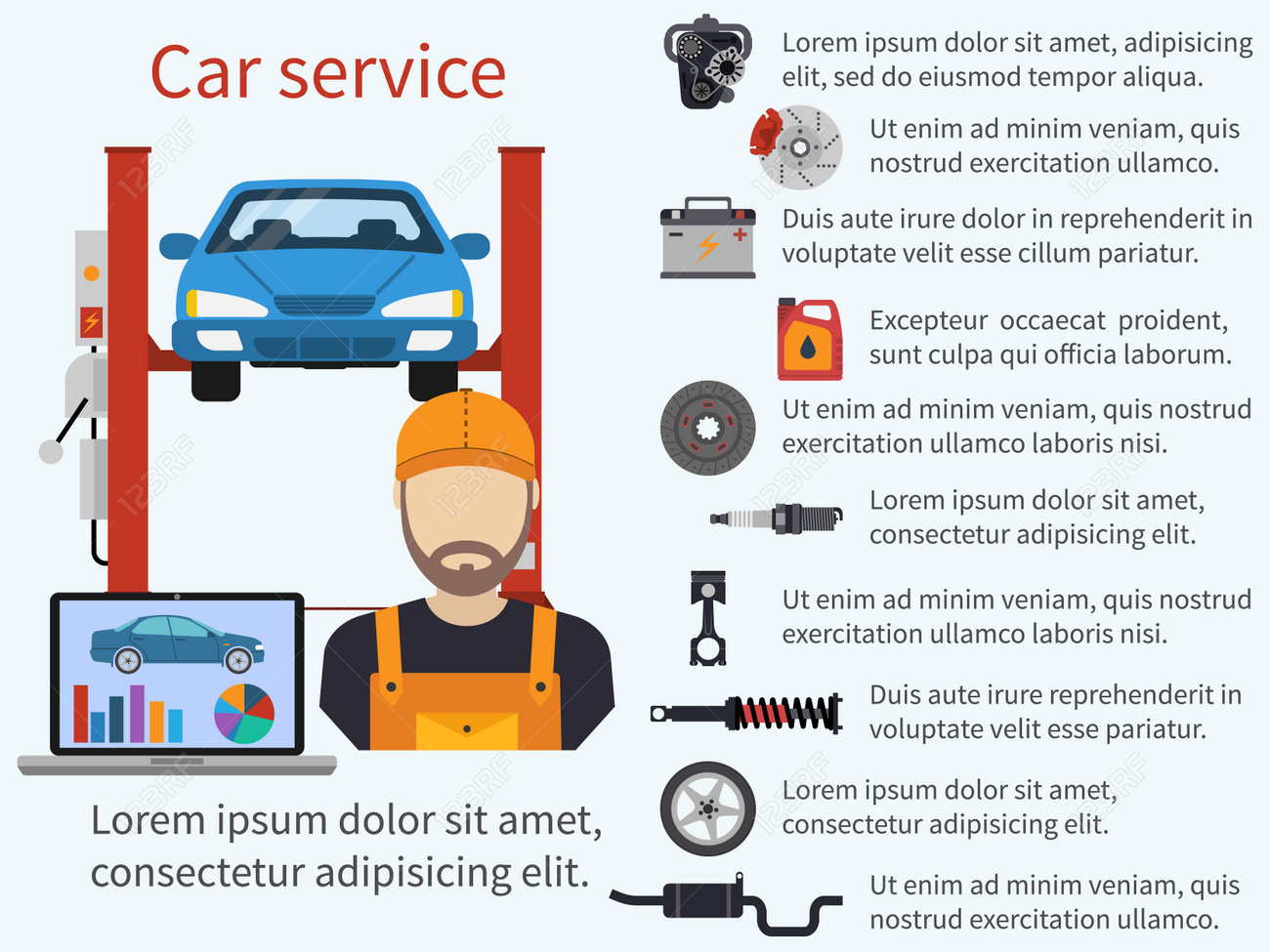Understanding The Significance Of Your Vehicle'S Warning Signals: What They In Fact Represent
Understanding The Significance Of Your Vehicle'S Warning Signals: What They In Fact Represent
Blog Article
Authored By-Lim Stark
When you lag the wheel, those beautiful caution lights on your control panel can be a little bit perplexing. Do you recognize what they're trying to tell you about your car's wellness? Understanding the relevance of these lights is important for your security and the durability of your vehicle. So, the next time among those lights pops up, would not you intend to decipher its message properly and take the essential actions to address it?
Common Warning Lights and Interpretations
Recognize typical caution lights in your automobile and recognize their significances to ensure secure driving.
The most regular warning lights include the check engine light, which signals problems with the engine or discharges system. If this light comes on, it's important to have your car checked without delay.
The oil pressure cautioning light suggests low oil pressure, requiring immediate interest to avoid engine damage.
A flashing battery light may recommend a damaged charging system, possibly leaving you stranded if not attended to.
The tire stress tracking system (TPMS) light notifies you to reduced tire pressure, influencing car security and fuel performance. Ignoring this could cause dangerous driving conditions.
see here indicates a problem with the anti-lock stopping system, jeopardizing your capability to stop promptly in emergencies.
Lastly, the coolant temperature level cautioning light warns of engine overheating, which can result in serious damage if not solved promptly.
Recognizing these typical warning lights will certainly help you resolve problems quickly and preserve safe driving conditions.
Relevance of Prompt Interest
Understanding the usual caution lights in your car is just the first step; the value of promptly dealing with these warnings can't be emphasized enough to ensure your safety and security when driving.
When a caution light illuminates on your dashboard, it's your auto's means of communicating a prospective concern that needs interest. Ignoring these warnings can cause a lot more severe problems down the road, jeopardizing your safety and security and possibly costing you much more in repairs.
Trigger interest to cautioning lights can prevent break downs and accidents. For instance, a blinking check engine light could show a misfire that, if left neglected, could trigger damages to the catalytic converter. Resolving this without delay can save you from a pricey repair.
In a similar way, a brake system warning light may signify low brake fluid or used brake pads, essential elements for your safety and security when driving.
Do It Yourself Troubleshooting Tips
If you discover a caution light on your dashboard, there are a few do it yourself fixing pointers you can try before seeking professional assistance.
The very first step is to consult your auto's manual to recognize what the particular caution light shows. In some cases the issue can be as basic as a loose gas cap causing the check engine light. Tightening the gas cap might solve the problem.
One more usual problem is a low battery, which can activate different alerting lights. Inspecting the battery connections for corrosion and ensuring they're protected could take care of the problem.
If a warning light persists, you can try resetting it by disconnecting the vehicle's battery for a couple of mins and then reconnecting it. In https://sfist.com/2021/12/13/catalytic-converter-theft-ring-busted-and-surprise-auto-repair-shops-allegedly-in-on-the-game/ , examining your automobile's fluid degrees, such as oil, coolant, and brake fluid, can aid fix advising lights associated with these systems.
Final thought
Finally, comprehending your vehicle's caution lights is important for maintaining your vehicle running efficiently and safely. By promptly addressing these alerts and recognizing what they suggest, you can prevent costly fixings and possible failures.
Keep in mind to consult your cars and truck's guidebook for particular details on each alerting light and do something about it accordingly to make sure a trouble-free driving experience.
Remain notified, remain secure when traveling!
